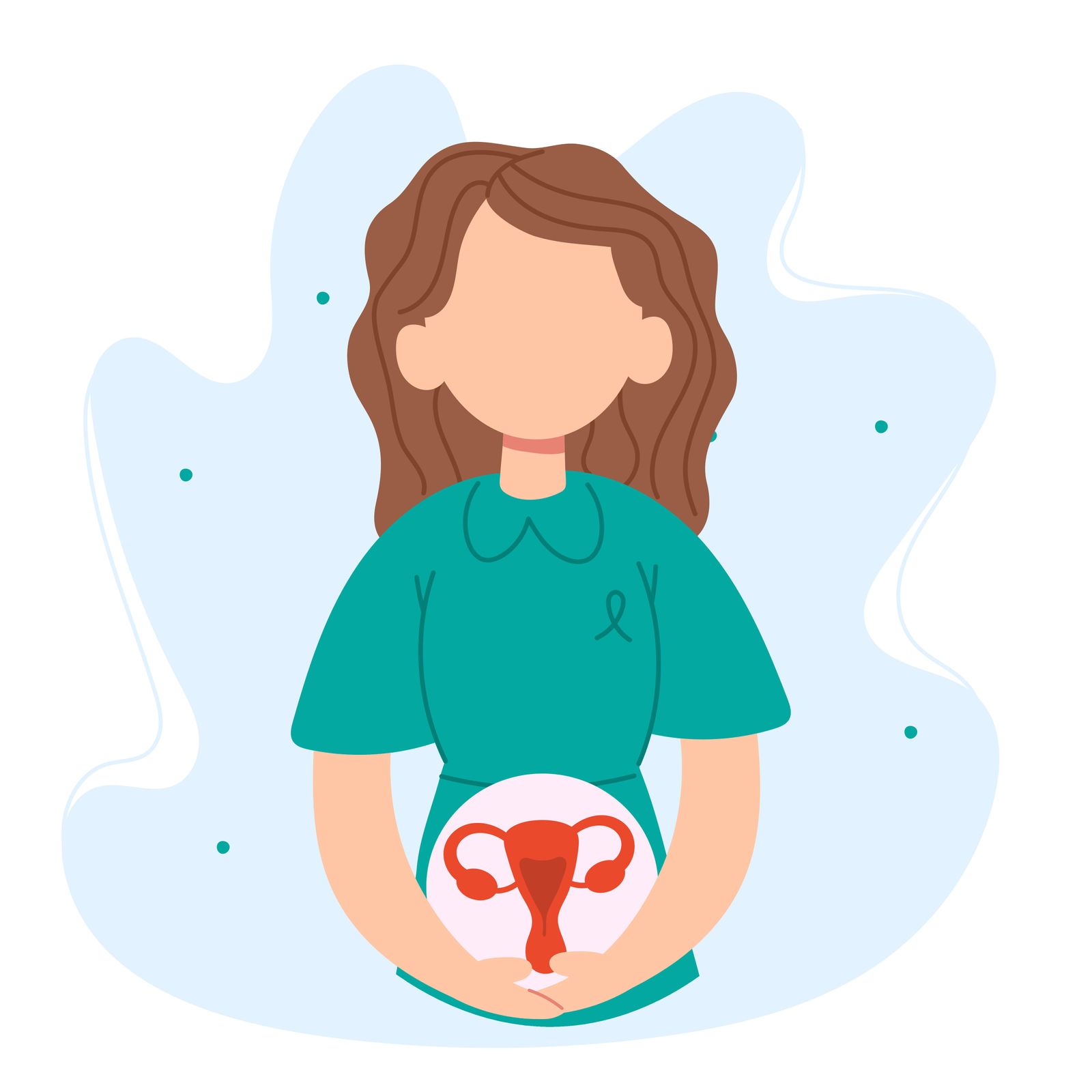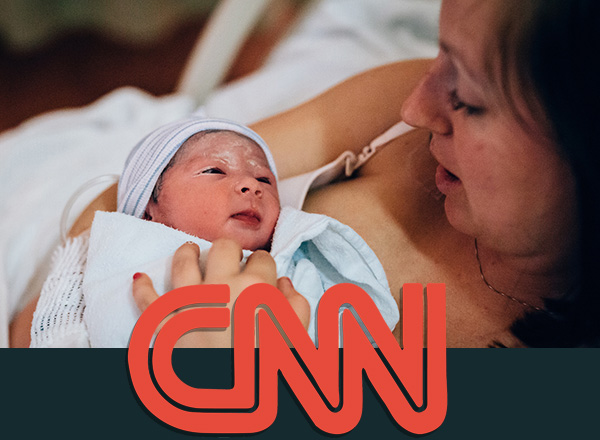Ovarian Hyperstimulation Syndrome (OHSS)
Ovarian Hyperstimulation Syndrome (OHSS) is a medical condition that can occur in women undergoing fertility treatments, particularly in vitro fertilization (IVF). It is caused by an excessive response to ovulation induction medications, such as human chorionic gonadotropin (hCG) and gonadotropins, which are used to stimulate the ovaries to produce multiple eggs.
Symptoms of Ovarian Hyperstimulation Syndrome (OHSS)
The symptoms of OHSS can range from mild to severe and typically develop within a week after ovulation or egg retrieval. They include:
Mild Symptoms:
- Abdominal bloating
- Mild abdominal pain
- Nausea
- Vomiting
- Diarrhea
Moderate to Severe Symptoms:
- Rapid weight gain (more than 2 pounds per day)
- Severe abdominal pain
- Persistent nausea and vomiting
- Difficulty breathing
- Decreased urination
- Enlarged, painful ovaries
- Fluid accumulation in the abdomen and chest (ascites and pleural effusion)
- Blood clots (in rare cases)
Severe OHSS can be life-threatening and requires immediate medical attention.

OHSS Risk Factors
Several factors can increase the risk of developing Ovarian Hyperstimulation Syndrome, including:
- High levels of estradiol (E2) before the trigger shot
- Polycystic ovary syndrome (PCOS)
- Younger age
- Low body weight
- Previous episodes of OHSS
- High number of follicles or eggs retrieved during IVF
Diagnosis
OHSS is diagnosed based on the patient’s symptoms, physical examination, and ultrasound findings. Blood tests may also be conducted to check for abnormalities in kidney and liver function, electrolytes, and blood counts[2][6].
Treatment and Management
The treatment of OHSS depends on the severity of the condition:
Mild to Moderate OHSS:
- Increased fluid intake (oral or intravenous)
- Pain management with acetaminophen or other pain relievers
- Monitoring of weight, urine output, and abdominal girth
- Rest and avoidance of strenuous activities
Treatment of Severe OHSS:
- Hospitalization for close monitoring and treatment
- Intravenous fluids to maintain hydration and electrolyte balance
- Paracentesis (draining of excess fluid from the abdomen)
- Anticoagulants to prevent blood clots
- Oxygen therapy or mechanical ventilation in cases of severe respiratory distress
Preventive measures can also be taken to reduce the risk of OHSS, such as using lower doses of ovulation induction medications, coasting (withholding medications for a few days), and using alternative trigger shots like GnRH agonists instead of hCG.
Recovery
Most cases of mild to moderate Ovarian Hyperstimulation Syndrome (OHSS) resolve within a week or two, often coinciding with the onset of menstruation. Severe cases may take longer to resolve and require more intensive medical intervention. It is essential for patients to follow their doctor’s recommendations and seek immediate medical attention if they experience severe symptoms.
In summary, OHSS is a potentially serious complication of fertility treatments that requires careful monitoring and management to ensure the safety and well-being of the patient.
read more: IVF Protocols for Ovarian Stimulation

